In this article, our calisthenics athlete and partner Felix (Flex) will show you all the important information on how to become a calisthenics beginner to find the right training plan for you.
Structure of the article
- Who is calisthenics suitable for?
- How do I define my goals?
- What are my weaknesses / strengths?
- Top exercises for beginners
- How often should you train as a beginner?
- What do I need to pay attention to?
- What is the perfect training plan?
- Where can I train?
- Can I build muscle with calisthenics?
- How can I get started?
Who is calisthenics suitable for?
Calisthenics is a progressive strength sport, which means that each basic exercise/skill can be divided into lighter and heavier exercises. This is the reason why absolutely anyone can start calisthenics, regardless of gender, age and ability level. There is the right exercise to start with for every level.
I'll explain it to you using push-ups as an example.

The push-up is a basic exercise that can be made both easier and harder. If you are not yet able to do a push-up, you can do it on your knees or against a raised object. If push-ups are too easy for you, you can place your legs on an elevation, do one-armed push-ups or use push-up grips for a higher training effect. This way, everyone works on the same basic exercise at their own level.
[product="P-01001"]
Setting sensible goals
To begin with, you should be aware of your current level of performance. Which exercises can you do and which exercises can't you do yet because you don't have the strength? With this knowledge, you can set your goals. Your goals should be realistic and based on your current level of performance.
Assuming you are still struggling with push-ups, your primary goal should be to master 5-10 push-ups with clean execution. Your long-term goal should then be to learn dips. You apply the same system to pulling exercises and leg exercises. Your body tension should also be a major focus of your training, as you need it for EVERY exercise in calisthenics. With a stable core, you will find it much easier to achieve your goals in the long run. You should therefore never neglect this aspect.
Incidentally, you can strengthen your core very effectively with parallel training or abdominal exercises on the pull-up bar exercises.
Identify weaknesses and strengths

Once you have defined your goals, you can go one step further and analyze your weaknesses and strengths. This is particularly important when designing your calisthenics training plan, as you should design the plan to eliminate your weaknesses by explicitly choosing exercises that you struggle with so that you can get better at them. You should also know your strengths so that you can use and build on them.
Suppose you find pull-ups are difficult for you, you should analyze the pull-up movement and find out where the problem lies. Are your arms too weak? Is your shoulder girdle too weak? This is often the problem when you can't get into the pull-up movement from the hang. Then it would make sense to incorporate easier progressions of the pull-up into your training. Exercises such as scapulla pull-ups are extremely important as they strengthen your shoulder girdle and are the basis for a clean pull-up.
On our blog you will also find numerous helpful articles on the topic of pull-up training.
[product="P-00062"]
The top calisthenics exercises for beginners

Now you should be clear about where your weaknesses and strengths lie and what goals you want to achieve in calisthenics. The next step is to choose your exercises.
The absolute basics for calisthenics are push-ups, dips, pull-ups and squats. Exercises that strengthen your core are also essential. Here you can start with the plank. An advanced exercise to stabilize your core is the hollow body hold. The hollow body position is the most important exercise in calisthenics. You need it for every exercise in order to have maximum control over the individual exercises and to ensure that your spine is in the most efficient and healthy position for each exercise.
In this video you can see how to train the hollow body position and what is important. There are lighter and heavier progressions for push-ups, dips, pull-ups and squats, which you should choose according to your performance level.
How often should you train calisthenics per week?
With the right exercises, the question now arises as to how often you should train each week. There are two basic problems for beginners. Firstly, your body is not yet adjusted to a high training load and secondly, calisthenics training is a new element in your everyday life. By this I mean that many beginners start training super over-motivated and take on far too much.
The result will be sore muscles and you won't be able to train for two days. If you have planned to train four times a week, you can forget it.
What happens? You won't achieve your overly ambitious goal and will be demotivated and quickly lose interest in the sport. There is a very high risk that you will stop exercising again sooner.

To prevent this from happening to you, I recommend that you train twice a week as a "complete beginner". Your training should then be a full-body workout. This should be your goal for the first four weeks. During these four weeks, your body will slowly get used to the new strain, you will have enough recovery time and you will make progress. After the first four weeks, take stock of how easy or difficult it was for you to train regularly and then consider adding a third training day.
You should also do a full-body workout, but with different priorities on the individual training days. On the first day, focus on push-up exercises such as press-ups, dips and bench dips. On the second training day, the focus is on pulling exercises such as rowing, pull-ups and Australian pull-ups. On the third training day, the focus is on leg training. Exercises such as squats, lunges and Bulgarian squats are suitable here.

Despite the different priorities on the individual training days, you should incorporate one or two exercises from the other days to keep the exercise frequency high so that your body can get used to the new movement sequences and to strengthen your mind-muscle connection. This is particularly important because as soon as your body knows when it needs to target which muscle and how much energy it needs to supply it with, you will make extreme progress.
Your calisthenics training plan should be set at this point. If you are still having problems choosing the right exercises and the right order of exercises, I have put together the right training program for you.
[product="P-00080"]
Warm-up - the basic building block for your calisthenics training

Make sure you warm up sufficiently and well before every workout. A good warm-up guarantees a good workout. During the warm-up, you prepare your muscles, joints and tendons for the subsequent strain and thus minimize the risk of injury. The saying "training starts in your head" comes from the warm-up. In your warm-up, you not only prepare your body for the upcoming exertion, but also your mind. You block out everyday stress and concentrate fully on your training!
Here I have summarized my upper body warm-up routine with explanations and recommendations for you in a video:
What is the perfect calisthenics training plan for me?
This question is very difficult to answer as everyone has individual goals, strengths and weaknesses, but there are a few points that make a calisthenics training plan perfect for you. The intensity should not be too high or too low for you and you should be able to integrate the training plan into your everyday life. The best plan won't help you if you don't practice it.
We have two free calisthenics training plans for calisthenics beginners, showing you how to do your first pull-up as a complete beginner (level 1) or how to do up to 10 pull-ups in level 2. You can download the PDF plans for free via the banner below!
Calisthenics = independence!
The great thing about calisthenics is that you can train independently at any time and in almost any place. You need little equipment but above all a pull-up bar. Even this is not always necessary. You are therefore not tied to one training location. Whether it's a gym, Crossfit box or in a park, you can do your training anywhere. The best solution for independent training is the pull-up & dip bar as you can do your calisthenics training on any tree, pillar or at home.
Can I build muscle with calisthenics?

Yes, with calisthenics you can build muscle. To do this, you should perform the exercises in a repetition range of 8 - 12. This is the hypertrophy range, where the focus is on increasing muscle mass.
However, this is not the optimal training range for getting stronger and learning new skills. Instead, you should train in a lower repetition range. 1-5 repetitions over 4-6 sets would be the right system here.
To strengthen your maximum strength and build muscle, you can train the first 1-2 exercises for maximum strength and the remaining exercises for hypertrophy. Another alternative is to work with different cycles. For example, 4 weeks focus on hypertrophy and the next 4 weeks on maximum strength.
How can I get started with calisthenics?
In this article, we have told you everything you need to know to get started with calisthenics. That was a lot of information for you. Now it's time to put it into practice. To do this, it is important that you follow a structured plan that is adapted to your level. To ensure that you perform the many new exercises correctly, it would be useful to have someone who can give you professional feedback on your exercise performance so that you don't run the risk of injuring yourself.
Finally, it should be said that you need to be patient with calisthenics training. Making progress requires the right training and a certain amount of time for the body to get used to the new stresses and strains. If you don't take this into account, the result is often an injury, which will set you back weeks or, in the worst case, months. For this reason, give your body the time it needs!
I wish you lots of fun with your training and maximum success. If you have any questions, please feel free to contact us.
Good luck with your training.
Flex & the Pullup & Dip Team
Are you looking for the right calisthenics accessories for your calisthenics training?
We at Pullup & Dip offer you high-quality calisthenics accessories for indoor & outdoor.
Other recommended articles:
Benefits of calisthenics - 6 reasons why you should start doing calisthenics
Training with your own body weight - the 11 best calisthenics exercises to start with
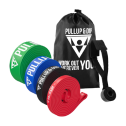
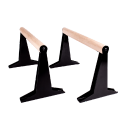
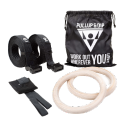



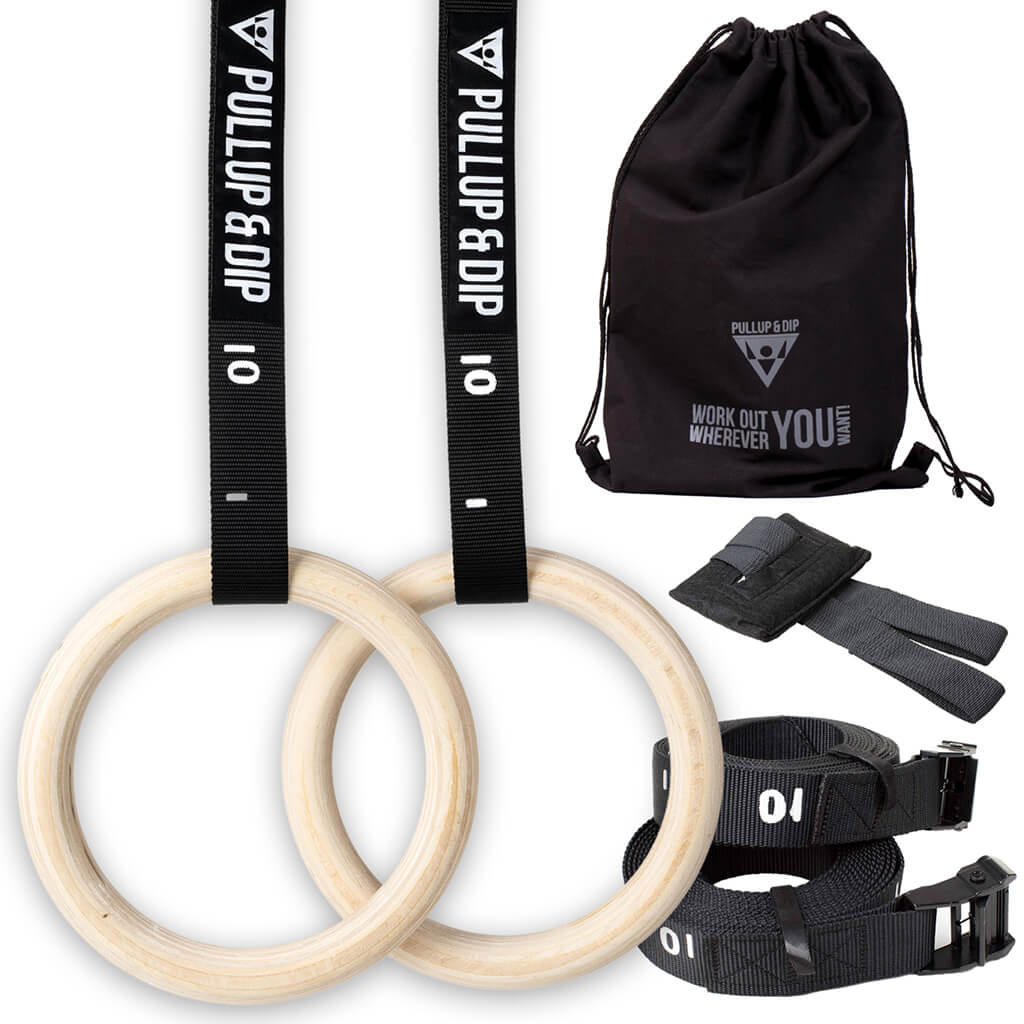
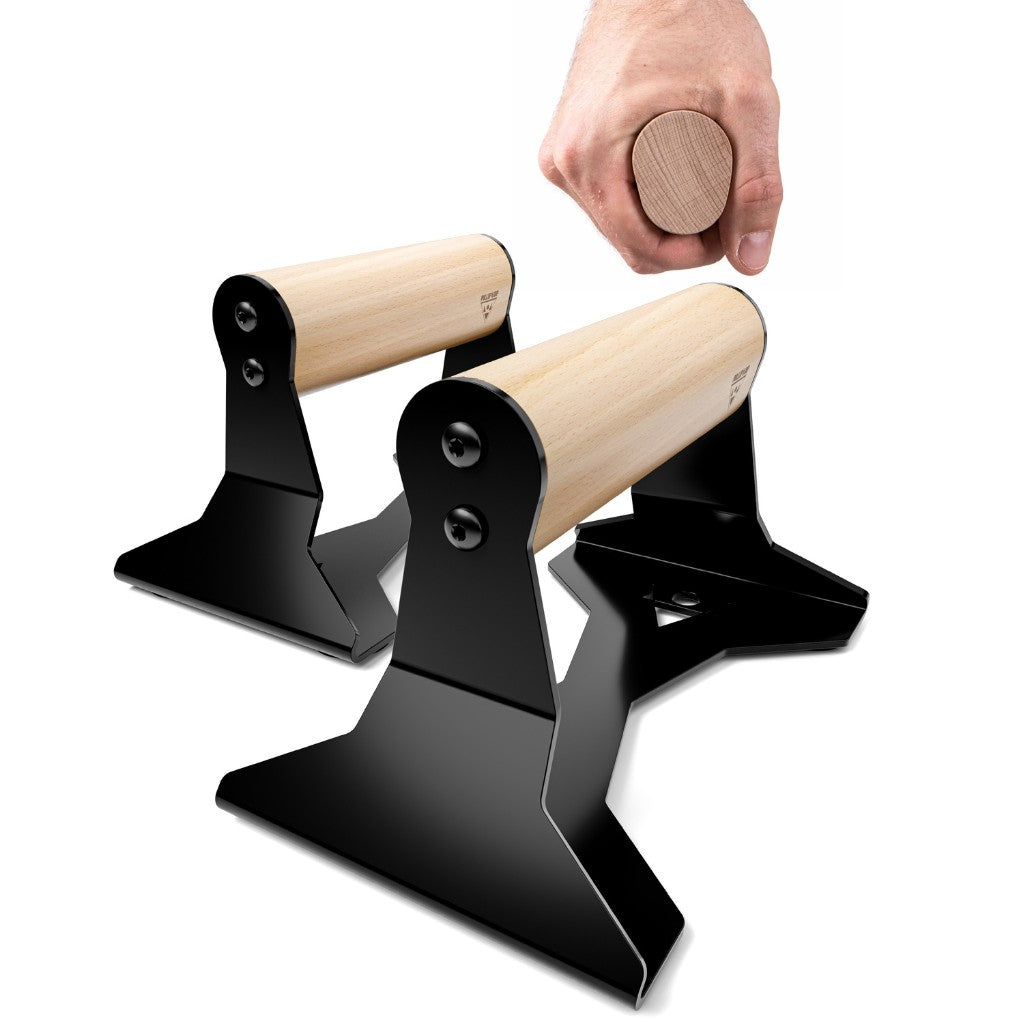
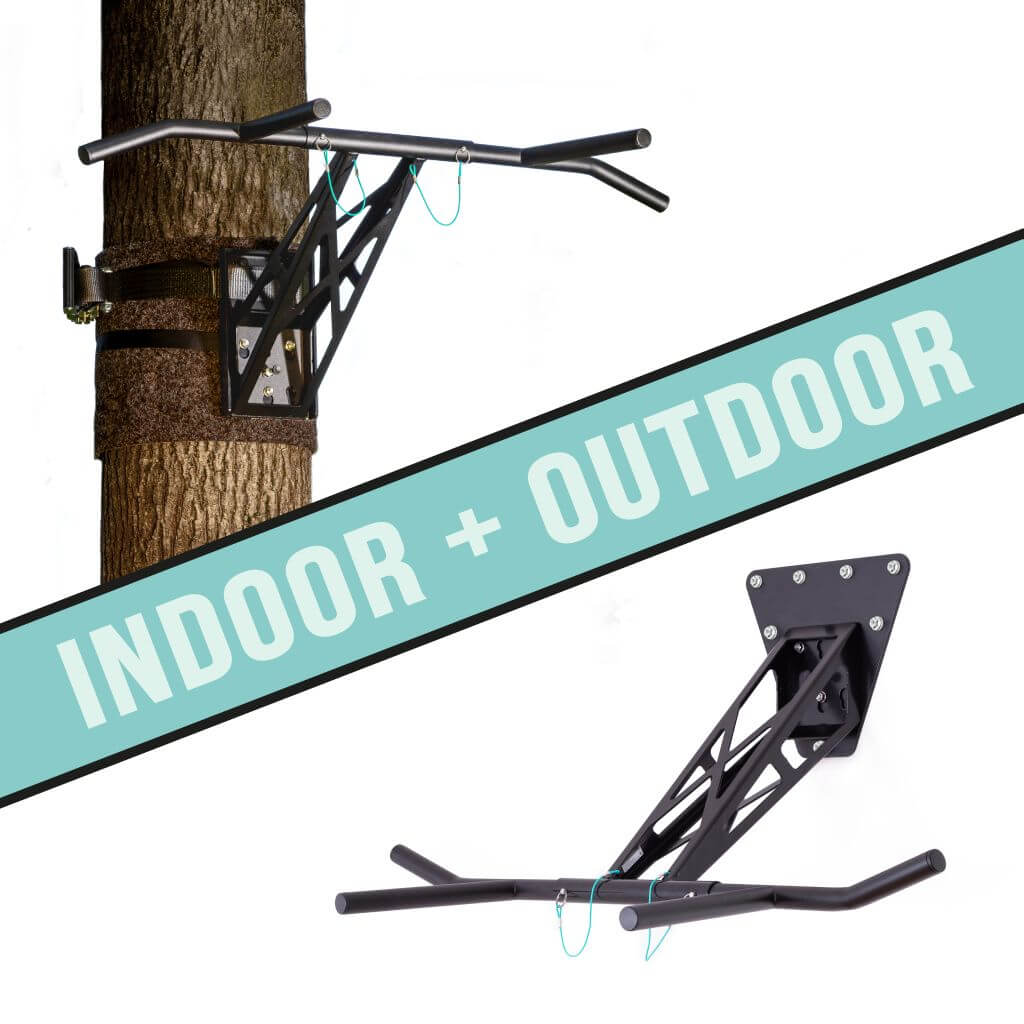
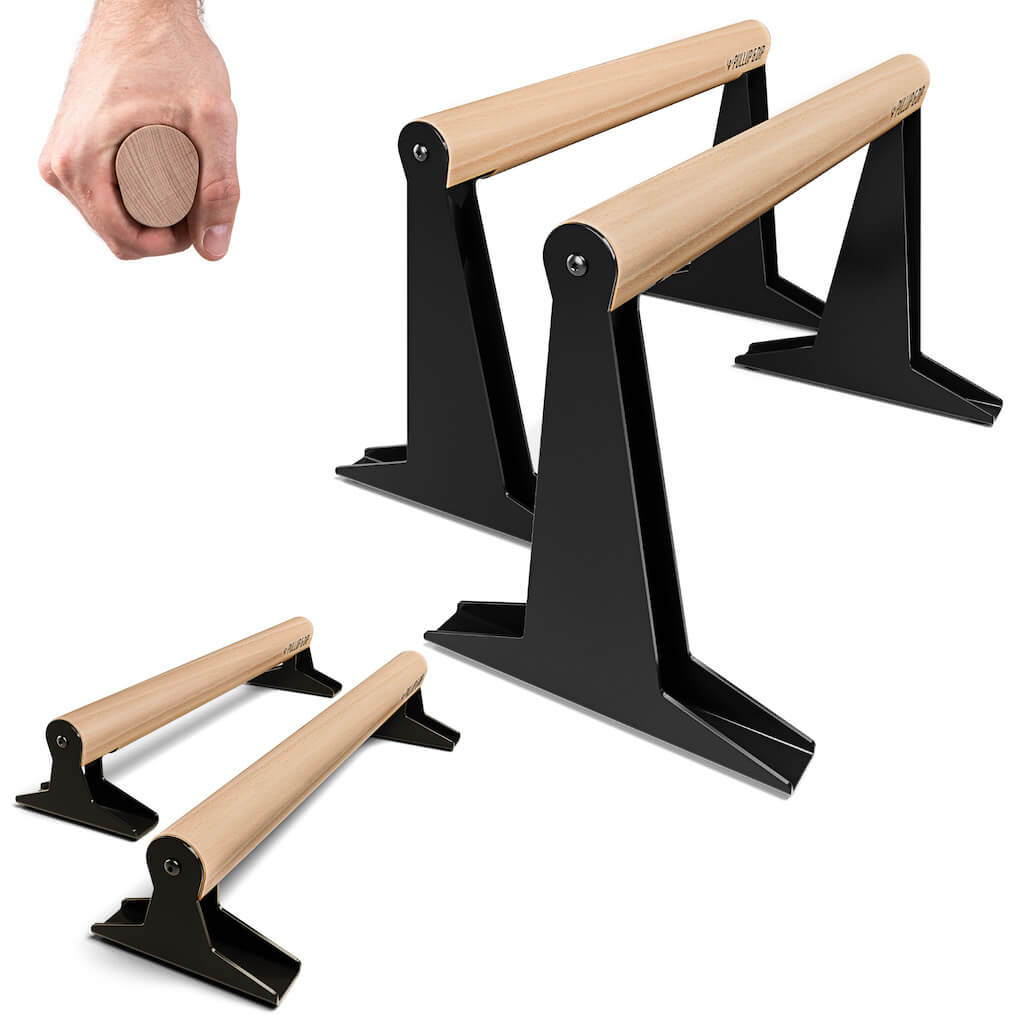
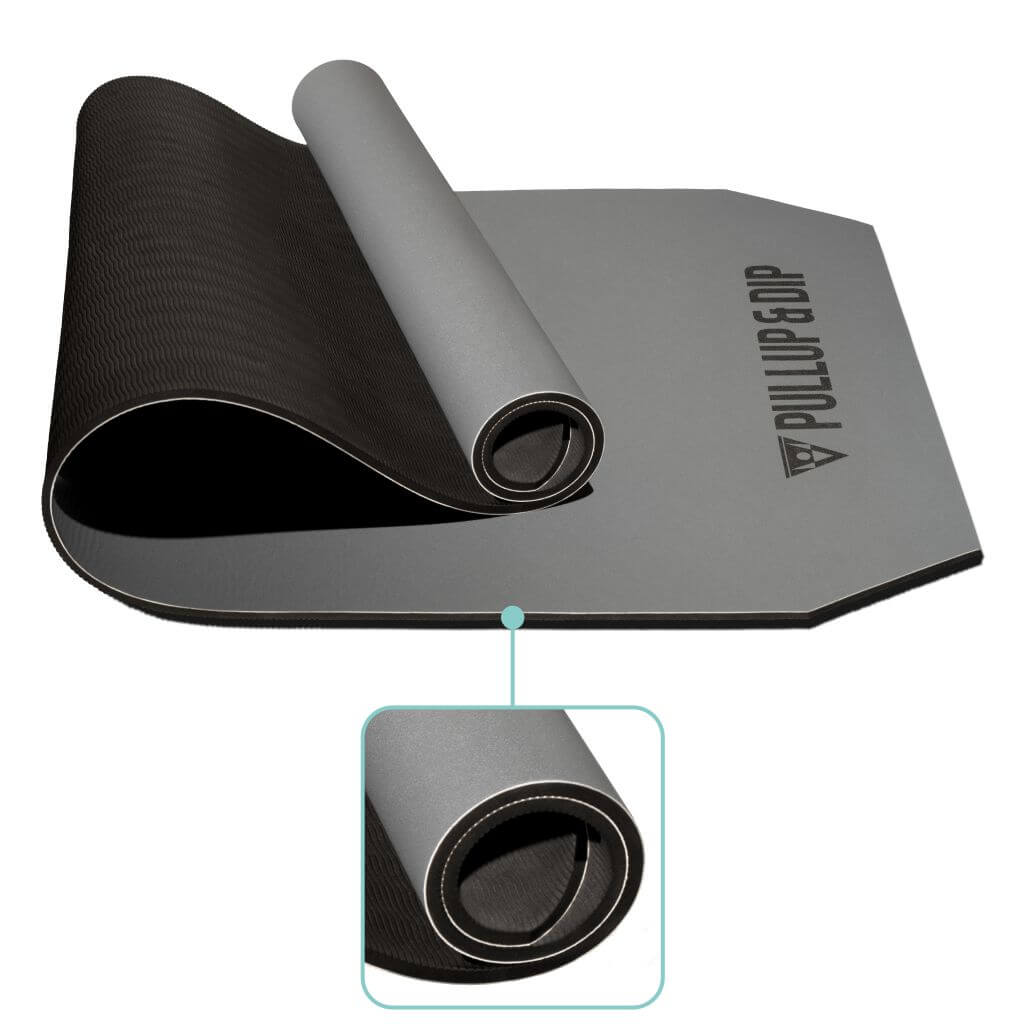
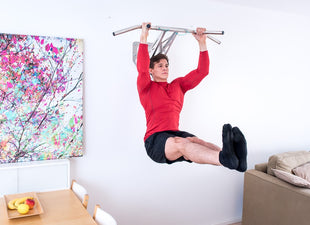
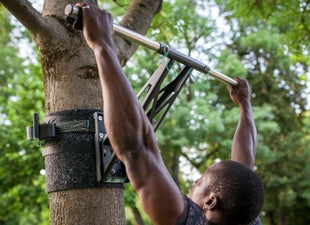
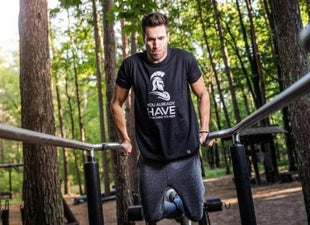
Leave a comment
All comments are moderated before being published.
This site is protected by hCaptcha and the hCaptcha Privacy Policy and Terms of Service apply.